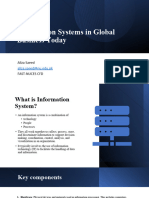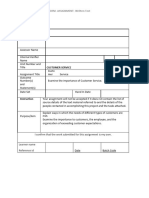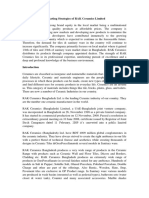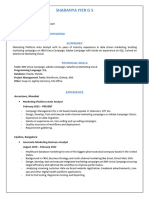0% found this document useful (0 votes)
32 views16 pagesMba - 207 Pyq
The document discusses various aspects of Information Systems (IS) in business, including their characteristics, contemporary approaches, and the role of IS in strategic models like Porter's. It also covers the functions of Supply Chain Management software, moral dimensions of IS, and the impact of IS on organizational decision-making. Additionally, it outlines types of Decision Support Systems and Simon's model of decision-making processes.
Uploaded by
xmsameerxmCopyright
© © All Rights Reserved
We take content rights seriously. If you suspect this is your content, claim it here.
Available Formats
Download as DOCX, PDF, TXT or read online on Scribd
0% found this document useful (0 votes)
32 views16 pagesMba - 207 Pyq
The document discusses various aspects of Information Systems (IS) in business, including their characteristics, contemporary approaches, and the role of IS in strategic models like Porter's. It also covers the functions of Supply Chain Management software, moral dimensions of IS, and the impact of IS on organizational decision-making. Additionally, it outlines types of Decision Support Systems and Simon's model of decision-making processes.
Uploaded by
xmsameerxmCopyright
© © All Rights Reserved
We take content rights seriously. If you suspect this is your content, claim it here.
Available Formats
Download as DOCX, PDF, TXT or read online on Scribd
/ 16




























































































